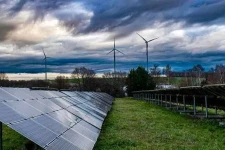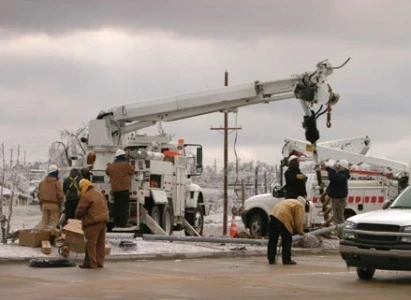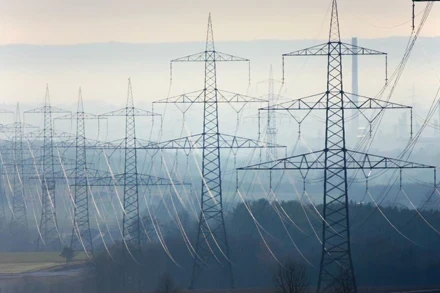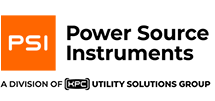
Earth Experiences Warmest January on Record
In an alarming sign of the growing impacts of climate change, recent reports reveal that Earth experienced its warmest January on record in 2025. The data, collected by global meteorological agencies, shows that average temperatures for the first month of the year exceeded previous records by a significant margin. This unprecedented warmth is a stark reminder of the accelerating pace of climate change, raising concerns about the future of our planet’s ecosystems, weather patterns, and...















